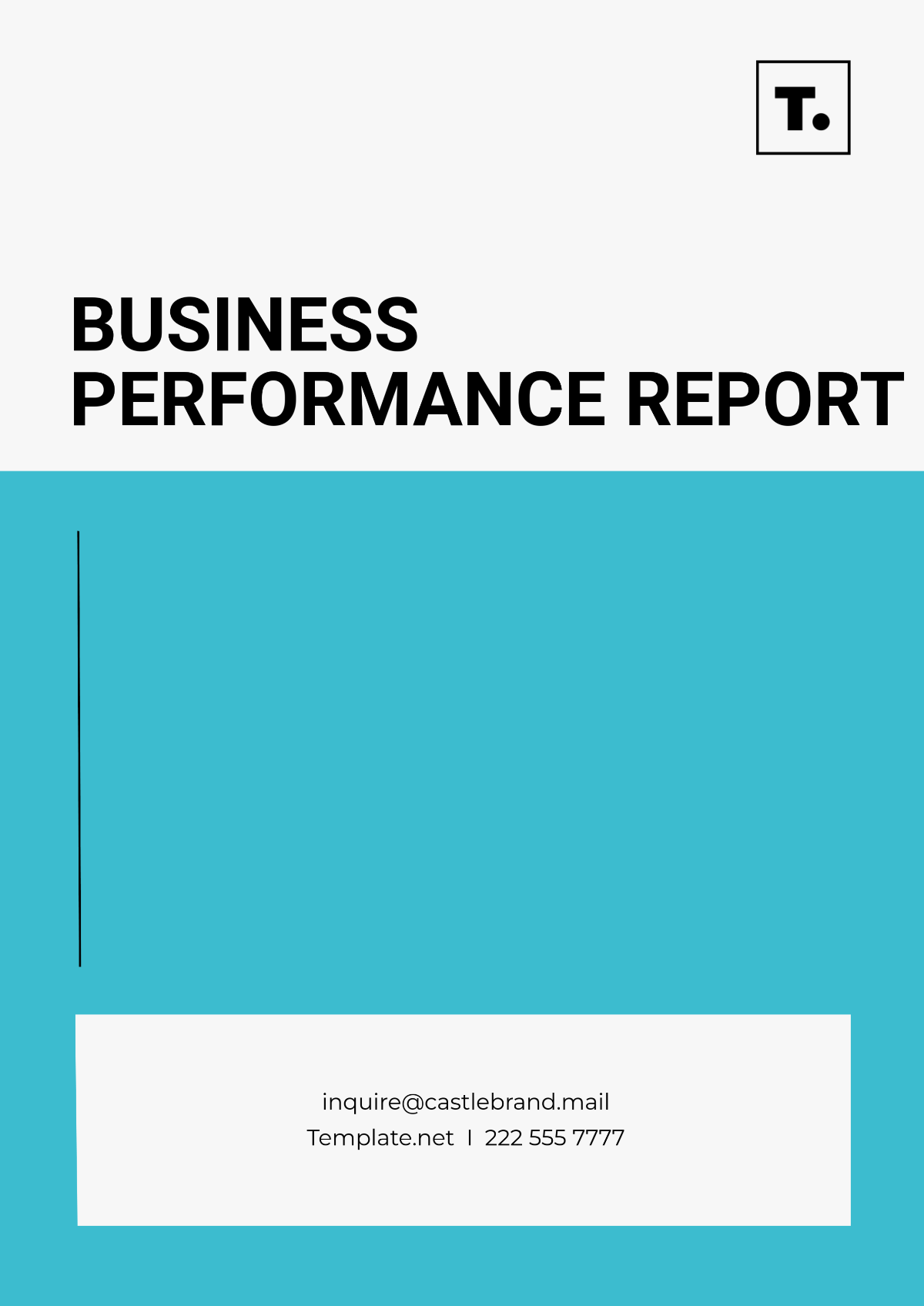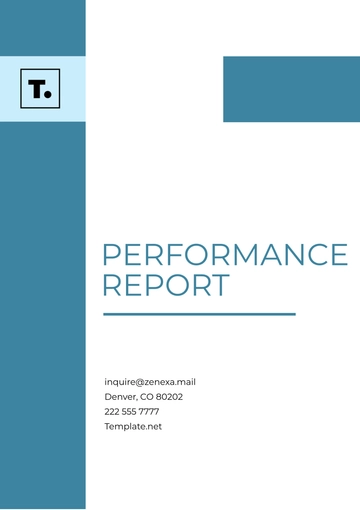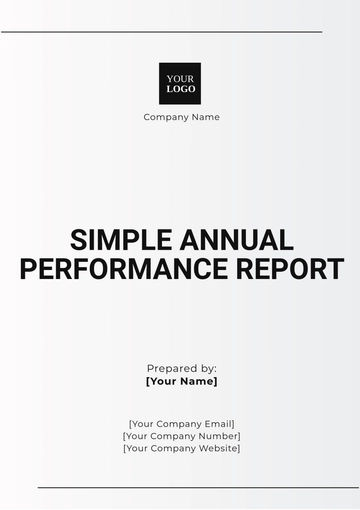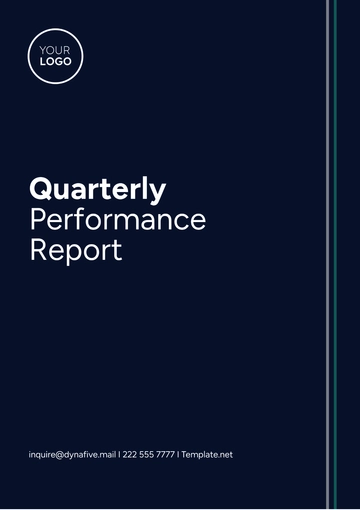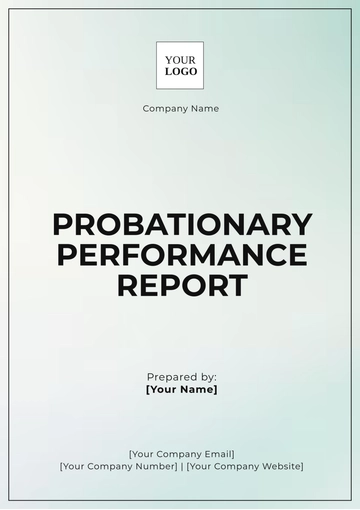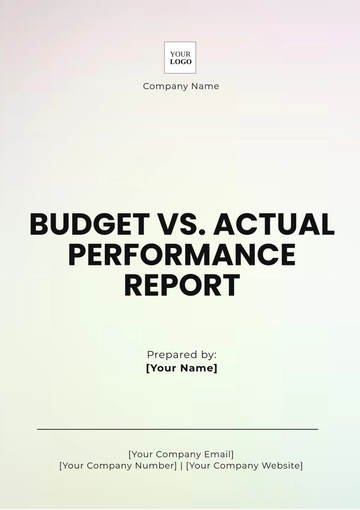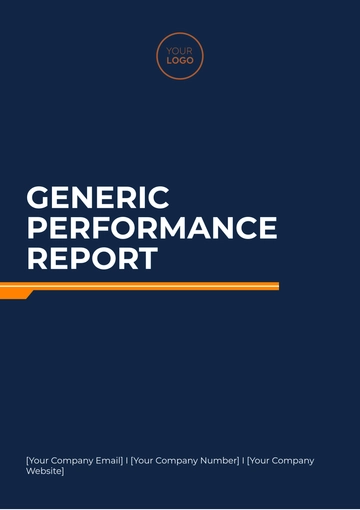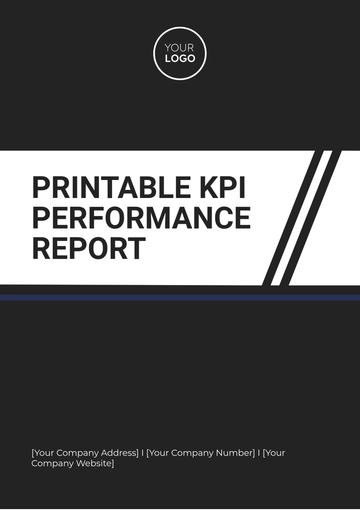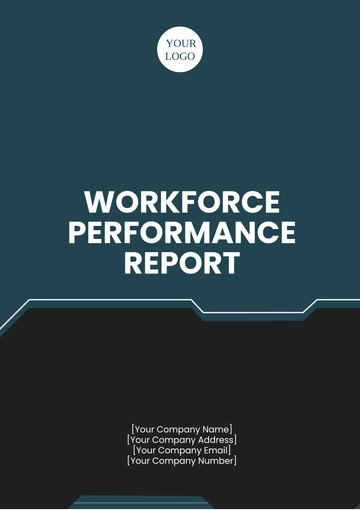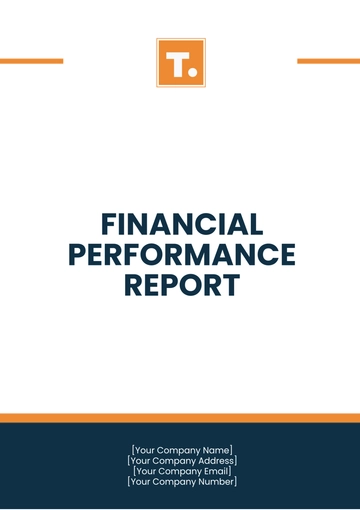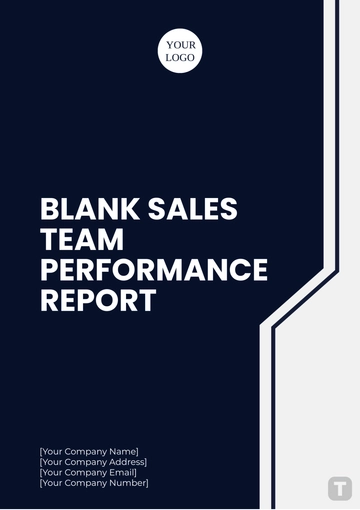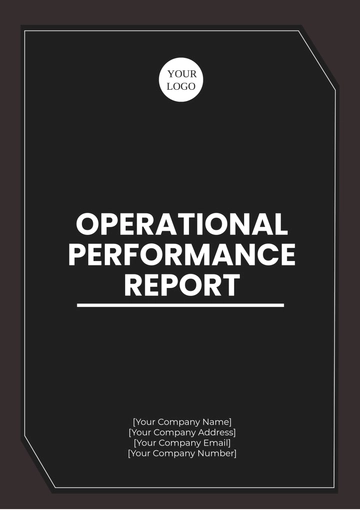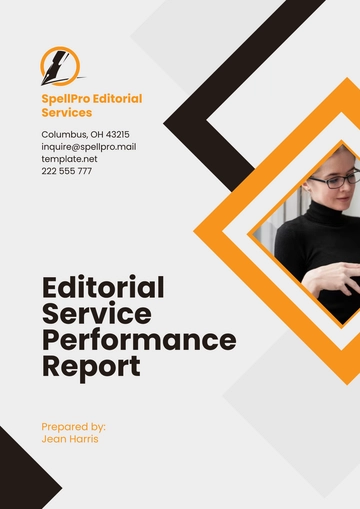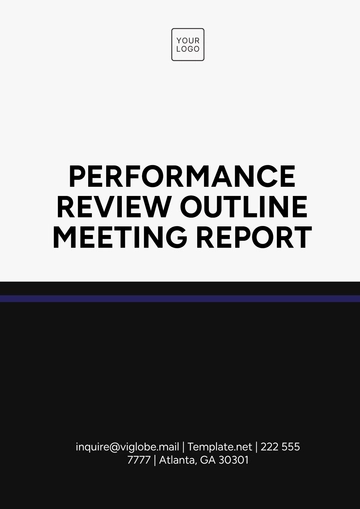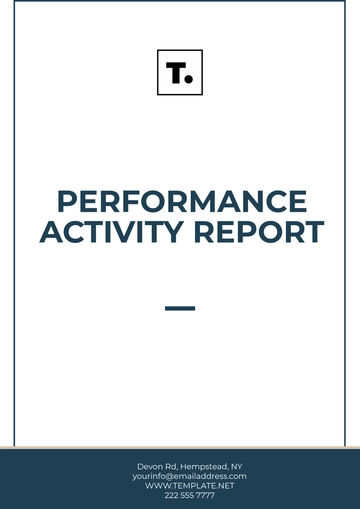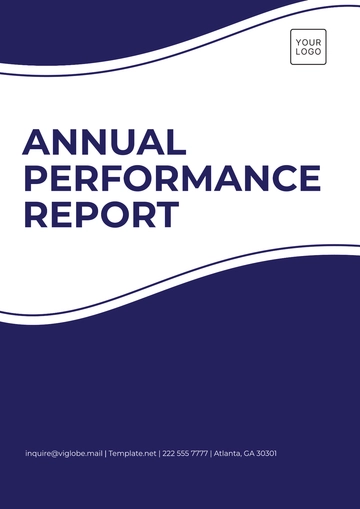Business Performance Report
I. Executive Summary
This Business Performance Report for [Your Company Name] provides an in-depth analysis of our financial and operational performance for the year 2050. It highlights our key achievements, challenges faced, and strategic initiatives set for the coming year. Despite facing market challenges and a competitive landscape, [Your Company Name] demonstrated substantial growth and profitability, positioning us for continued success in 2051.
Key highlights include a 15% revenue growth, process improvements that enhanced operational efficiency, and the continued expansion of our market share. Our strategic plans for 2051 focus on expanding into new markets and launching innovative products.
II. Financial Overview
A. Revenue Analysis
The total revenue for 2050 reached $30 million, a significant 15% increase. This growth was driven by expanding market demand, improved sales performance, and effective customer acquisition strategies.
Parameter | Performance (2050) |
|---|
Total Revenue | $30 million |
Net Profit | $5 million |
Operating Margin | 10% |
B. Expense Management
Effective expense management was a key priority in 2050. The breakdown of major expenses includes:
Our focus on marketing and R&D ensured we maintained a strong competitive position and enhanced product offerings. Operational costs were primarily driven by investments in automation and the scaling of our supply chain systems.
III. Operational Performance
A. Key Performance Indicators (KPIs)
In 2050, we tracked key operational metrics to ensure that our business activities aligned with our strategic goals.
KPI | Target | Achieved |
|---|
Customer Satisfaction | 90% | 88% |
Order Fulfillment Rate | 95% | 92% |
Employee Turnover Rate | <5% | 4.5% |
B. Process Improvements
In 2050, we implemented several process improvements to drive greater efficiency and cost reductions:
These initiatives resulted in an overall reduction of operating costs and a more agile business model, which we will continue to refine in 2051.
IV. Market Analysis
A. Industry Trends
In 2050, the market for our products and services grew by 20%. This growth was influenced by several key industry trends:
B. Competitive Landscape
The competitive landscape in 2050 was dynamic, with key players continuing to expand their product offerings. Our primary competitors include:
Company A
Company B
Company C
Despite the fierce competition, we successfully increased our market share from 15% to 18%, thanks to effective marketing strategies, superior customer service, and high-quality products.
V. Strategic Initiatives for 2051
A. Expansion Plans
We have set ambitious goals for 2051. Our expansion strategy involves entering three new markets, which will help us diversify our revenue streams and capture untapped growth opportunities. The markets we plan to target include:
These regions have shown strong economic growth and align with our strategic goals for geographical diversification.
B. Product Development
Our Research and Development (R&D) department is focused on launching two new products by the third quarter of 2051. These products are expected to drive significant revenue growth and meet evolving customer needs in the digital and sustainability sectors. We anticipate strong demand for these products, which will bolster our competitive position in the market.
VI. Conclusion
In conclusion, 2050 was a year of strong financial and operational performance for [Your Company Name]. We achieved solid revenue growth, maintained healthy profit margins, and implemented key process improvements. As we move into 2051, we are well-positioned to continue our growth trajectory with strategic plans for market expansion and product innovation.
VII. Contact Information
Prepared by: [Your Name]
Email: [Your Email]
Company Address: [Your Company Address]
Company Website: [Your Company Website]
Company Social Media: [Your Company Social Media]
Business Report Templates @ Template.net
